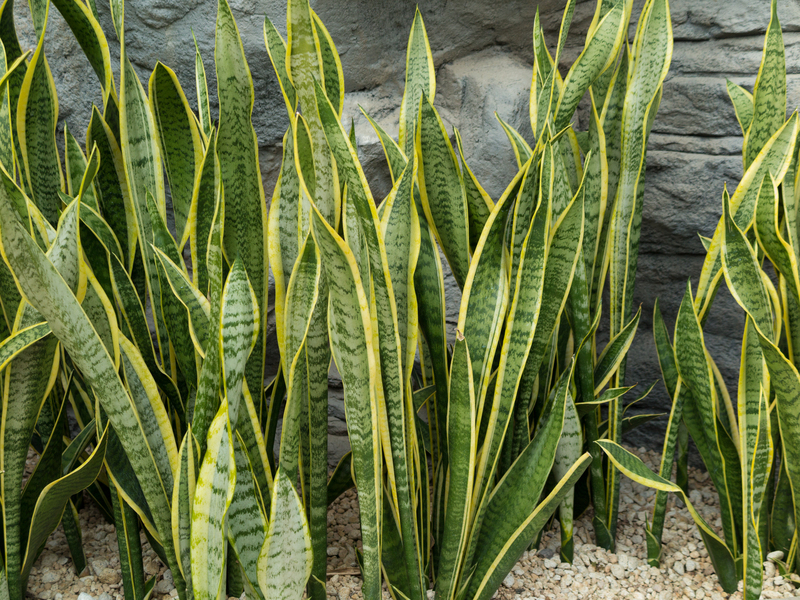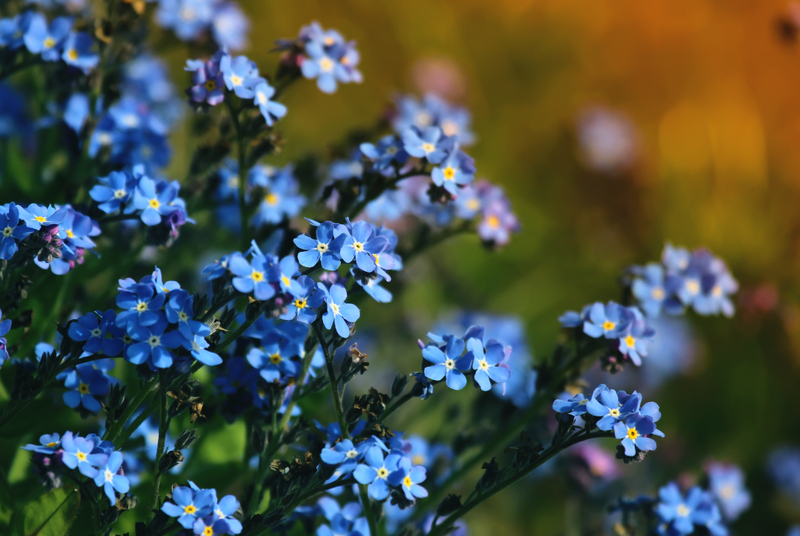Professional Lawn Care Tips
Posted on 21/11/2024
Having a beautiful lawn is a dream for many homeowners, but achieving that dream requires understanding your lawn first. Knowing the type of grass, soil condition, climate, and other environmental factors can help you tailor your lawn care routine to better meet your lawn's needs.
Soil Testing and Conditioning
Soil testing is an essential step in lawn care. It helps you understand the pH level and the nutrient content of your soil. Based on the results, you can adjust soil pH and add missing nutrients to ensure your grass gets the optimal environment for growth.
Consider adding organic matter like compost to improve soil structure, water retention, and microbial activity. Aeration, which involves perforating the soil with small holes, can also improve the soil's ability to absorb water, nutrients, and air.

Mowing Techniques
Proper mowing is more than just trimming your grass. It involves keeping your mower blades sharp, knowing the right height to cut your grass, and mowing at the right frequency. In general, you should never cut more than one-third of your grass height at a time.
Different grass types have different recommended mowing heights. For instance, Bermuda grass should be kept at about 1-2 inches, while Kentucky Bluegrass thrives at a height of 2-3 inches.
Watering Strategies
Watering your lawn properly is crucial for maintaining its health. Water deeply but infrequently to encourage deep root growth. Most lawns need about 1-1.5 inches of water per week, either from rainfall or irrigation.
Water early in the morning to reduce evaporation and fungal growth. Avoid watering in the evening when the grass can stay wet overnight, which can lead to diseases.
Weed Control
Weeds can be a significant issue in lawn care. The best strategy for weed control is a healthy lawn that crowds out weeds naturally. Regular mowing, proper watering, and fertilization can go a long way in preventing weed growth.
For persistent weeds, consider using pre-emergent herbicides to prevent weed seeds from germinating. Post-emergent herbicides can target existing weeds, but be cautious to follow the label directions to avoid damage to your lawn.
Pest and Disease Management
Pests like grubs, ants, and chinch bugs can damage your lawn. Regularly inspect your lawn for signs of pest activity and use appropriate treatments. Integrated pest management (IPM) strategies, which combine biological, cultural, mechanical, and chemical tactics, are often effective.
Lawn diseases, caused by fungi and other pathogens, can also affect your lawn's appearance and health. Fungicides can be used to treat diseases, but maintaining a balanced lawn care routine is the best prevention.
Fertilization
Fertilizing your lawn supplies the essential nutrients that grass needs to grow. The key nutrients include nitrogen (N), phosphorus (P), and potassium (K), often abbreviated as NPK. Conduct regular soil tests to determine the appropriate fertilizer and application rate for your lawn.
In general, applying a balanced fertilizer in the spring and a high-nitrogen fertilizer in the fall can keep your lawn green and healthy. Be sure not to over-fertilize, as it can harm your grass and the environment.
Seasonal Lawn Care Tips
Different seasons require different lawn care approaches. In the spring, focus on cleaning up debris, aerating, and applying pre-emergent herbicides. Summer care involves regular mowing, watering, and managing pests and diseases. In the fall, aerate, overseed, and fertilize your lawn to prepare it for winter. Winter care typically involves minimizing foot traffic and applying lime if needed.
Takeaways
- Understand your lawn's specific needs based on grass type, soil condition, and climate.
- Regular soil testing and conditioning can lead to a healthier lawn.
- Maintain proper mowing, watering, and fertilization techniques for optimal growth.
- Integrated pest management and disease control are crucial for lawn health.
- Tailor your care approach to different seasons for the best results.

Pros and Cons of Professional Lawn Care
Pros
- Expert knowledge and experience can result in a healthier lawn.
- Save time and effort by outsourcing lawn care tasks.
- Access to professional-grade equipment and products.
Cons
- Costs can add up over time for professional services.
- Dependence on external service providers.
- Potential for miscommunication and unsatisfactory results.
Conclusion
Professional lawn care involves understanding the specific needs of your lawn and tailoring your approach accordingly. From soil testing and conditioning to mowing, watering, and fertilization, every step plays a crucial role in maintaining a lush, green lawn. While professional services offer expertise and convenience, they come with their own set of pros and cons. Ultimately, whether you choose to take care of your lawn yourself or hire professionals, the key is consistency and attention to detail for a lawn you can be proud of.




